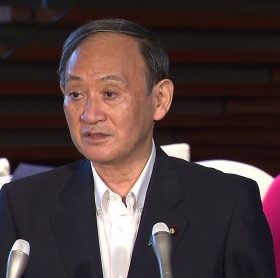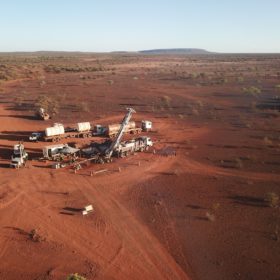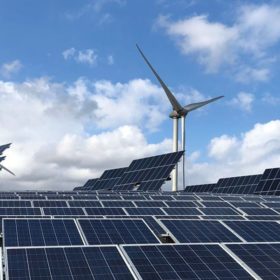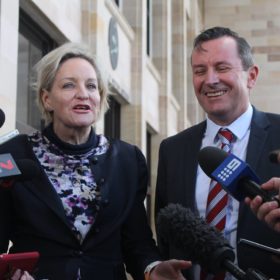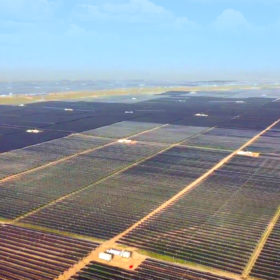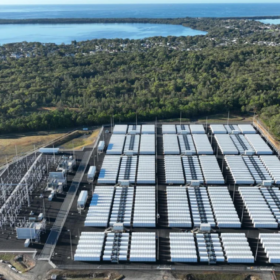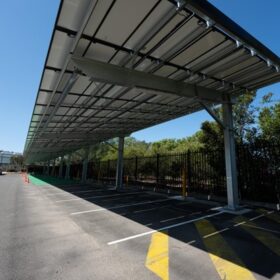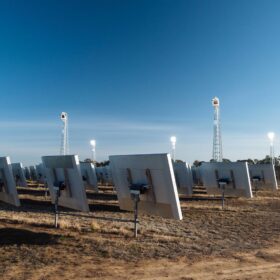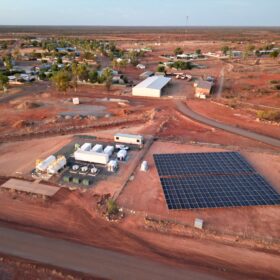Wind and solar PV penetration rises to record levels in NEM
The evolution of Australia’s electricity grid continues at pace with the nation’s newest large-scale wind and solar projects helping produce a string of renewable energy production records in the National Electricity Market.
Japan revises 2030 targets, plans to double renewables and cut fossil fuels
Japan’s Ministry of Economy, Trade and Industry has released a draft energy plan with ambitious revisions to the nation’s previous energy and emissions targets. The proposed plan will sees a doubling of renewables compared to the previous target, and significant cuts to coal and gas, much of which it buys from Australia. Meanwhile, Australian Resources Minister Keith Pitt reiterated the Coalition Government’s “Gas-Fired Recovery is the right policy for Australia.”
‘Polysilicon shortage will continue through 2021’
The latest global PV industry outlook published by trade group SolarPower Europe, has indicated tight supply of the solar panel raw material is expected to persist this year but the trade body said it would be unlikely to drive further price rises.
Australian Vanadium to fast-track manufacture of flow batteries
Western Australian company Australian Vanadium Limited has been awarded $3.69 million in federal government funding to fast-track manufacturing of large-scale vanadium redox flow battery systems that can be used to support rooftop solar PV or in off-grid settings such as mining, agriculture and remote communities.
Fossil fuel subsidies labelled ‘reckless’ as renewables hit new highs
The Morrison Government’s continuing support of fossil fuels has been labelled “reckless” as new figures provided by the Climate Council show that renewable energy generation in the National Electricity Market rose to record highs in the first half of 2021.
Think tank puts end date on sale of petrol and diesel cars in Australia
The Grattan Institute has recommended the sale of new petrol and diesel cars be phased out in Australia by 2035 in a bid to “supercharge the switch to electric vehicles” to help cut carbon emissions to net zero by 2050.
Sunseap announces 2.2 GW floating PV project at Indonesian water reservoir
If built, the project would be the world’s largest floating PV power plant and would reach the same capacity as the largest ground-mounted facility currently in operation.
Western Australia joins industry-led green hydrogen certification scheme
Western Australia’s McGowan Government has joined fellow state and territory governments in joining the Smart Energy Council’s industry-led Zero Carbon Certification Scheme. As the region with the largest proposed green hydrogen projects in the world, this is a significant step toward ensuring a future in which green hydrogen is prioritised.
Vaulta’s innovative EV battery casing wins Federal government grant
Brisbane-based battery casing company Vaulta has more to celebrate than just Brisbane’s winning 2032 Olympic and Paralympic bid. The company has won a Federal government Accelerating Commercialisation grant that will see its innovative design pushed ahead as the tide of electric vehicles rising globally.
China added 13 GW of solar to the end of June
The volume of new PV generation capacity added in the first half was higher than expected, given the rising input costs seen in recent months, but solar was nevertheless outpaced by new wind farms in the first six months of 2021.

